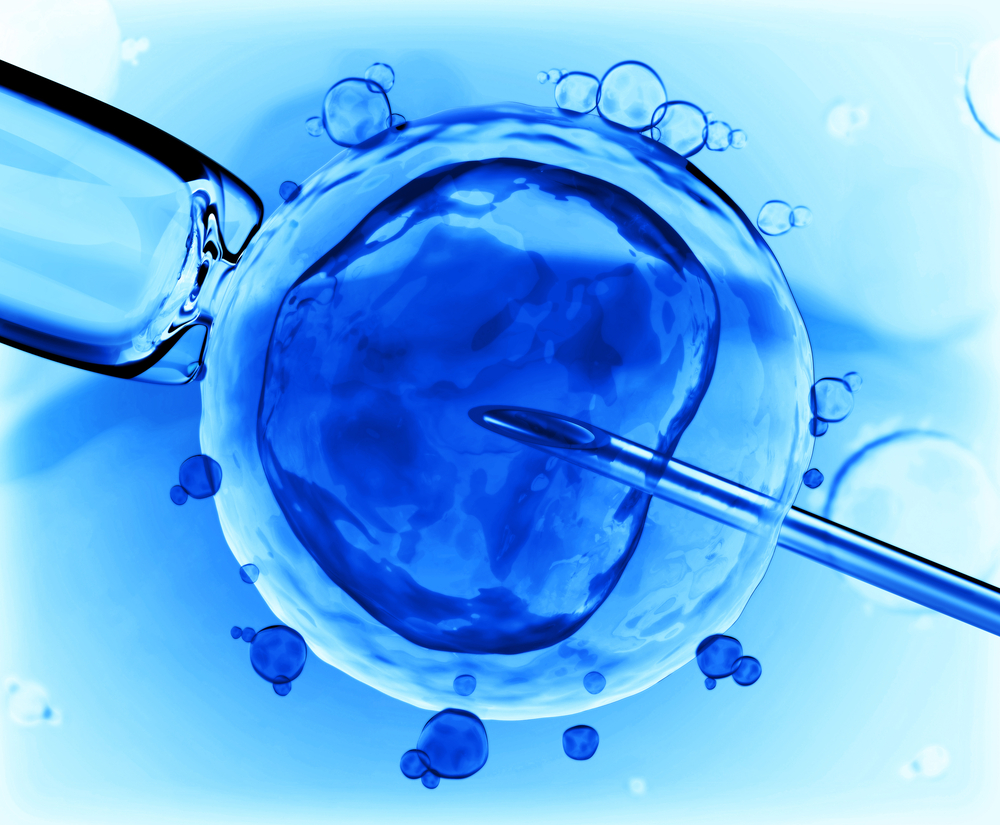
In-vitro fertilization (IVF) is a process by which an egg is fertilized by sperm outside the body. First test-tube baby insemination method was created as a major treatment of infertility. Collected data made clear that possible risks may occur throughout the procedure, and depend on the specific step of the procedure: during ovarian stimulation, hyperstimulation syndrome may occur. During egg retrieval, there's a small chance of bleeding, infection, and damage to surrounding structures like bowel and bladder (transvaginal ultrasound aspiration) as well as difficulty breathing, chest infection, allergic reactions to meds, or nerve damage (laproscopy). During embryo transfer, if more than one embryo is transferred there's always a risk of multiple.
pregnancy, infertile couples may see this is good news, but there may be risk to the embryos and to the mother such as premature delivery. Ectopic pregnancy may also occur if a fertilized egg develops outside the uterus, usually in the fallopian tubes and requires immediate destruction of the foetus. We can conclude from here that it is very important to make proper preparation researches to avoid and correct pathology which can reduce the possibilities of becoming pregnant. The best solution to solve infertility problems is in-vitro fertilization method. Babies born through this method are called "Test-tube babies", because early biological experiments involving cultivation of tissues outside the living organism, from which they came, are carried out in laboratory glass containers.

